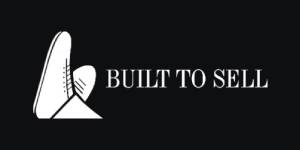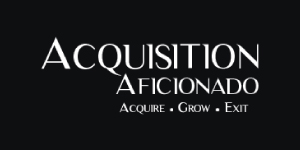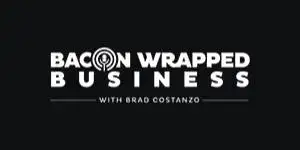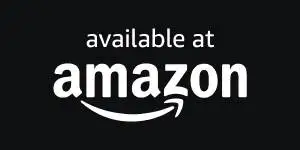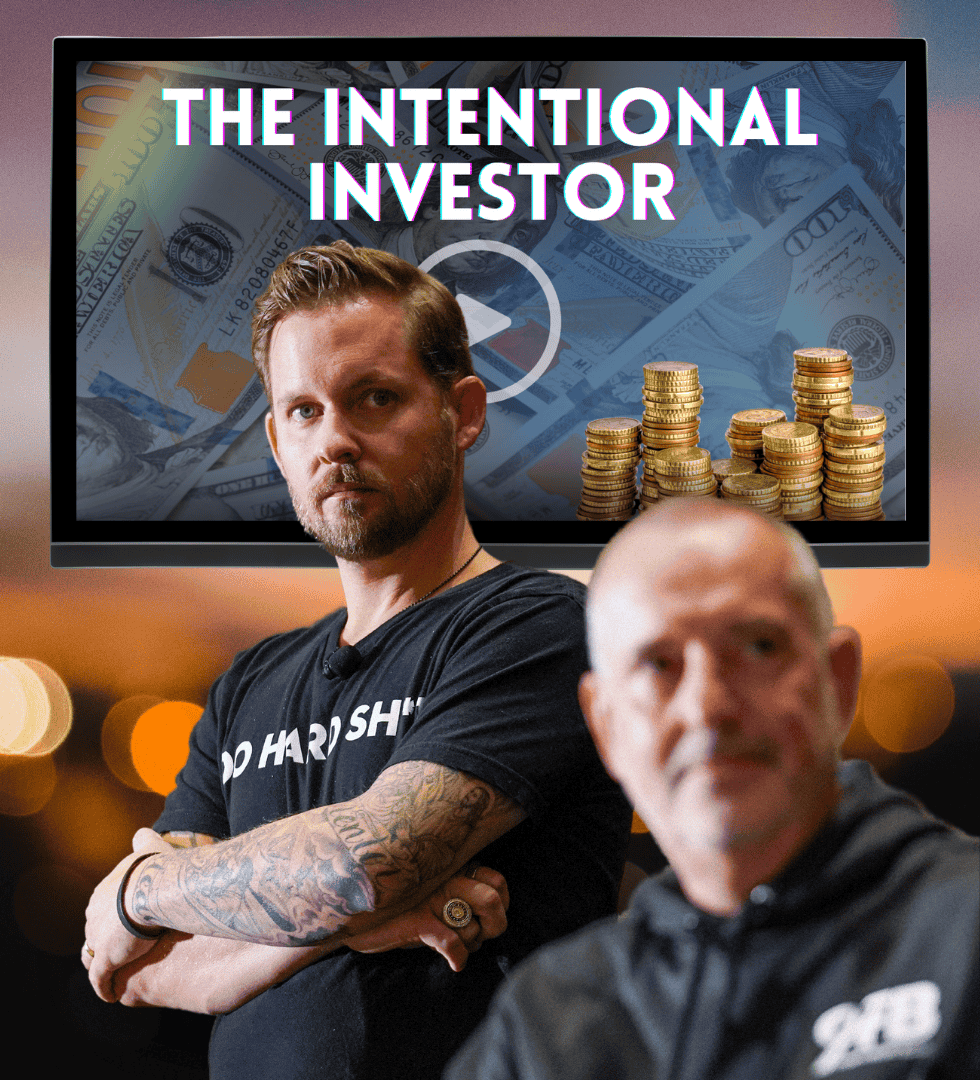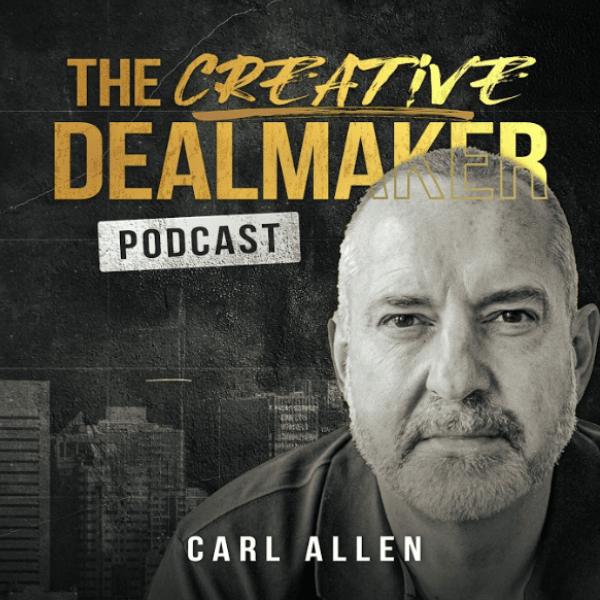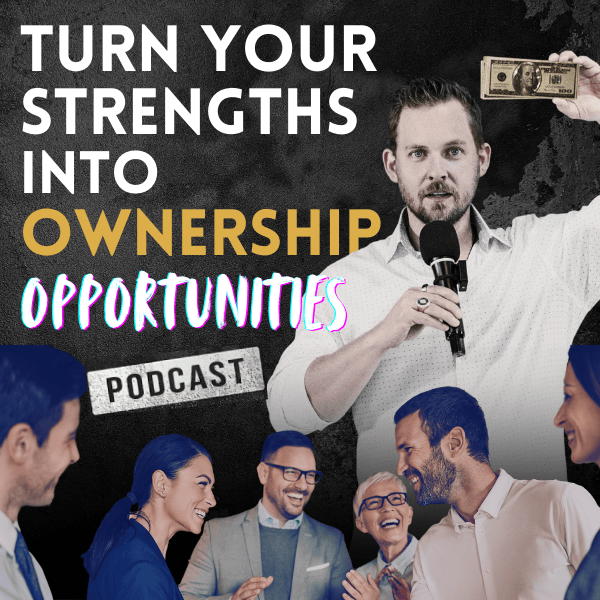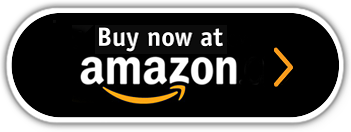
It was like opening presents on Christmas morning!
A couple of weeks ago, I got a MASSIVE delivery from FedEx — I’d forgotten about half the stuff I’d left at my apartment in Baltimore.
Among my goodies was one of my top 10 books of all time, Good to Great by Jim Collins…
The very same management expert who defined the strategic flywheel concept I showed you how to apply to the dealmaking process.
In Good to Great, Collins outlines another concept that, when implemented with precision, has made household names (not to mention EMPIRES) out of companies including Abbott Laboratories, Gillette and Walgreens.
If you’re a current (or aspiring) business owner with dreams of growing YOUR empire, today’s book review is MUST-SEE TV.
Until next time, bye for now.
Carl Allen
Editor and co-founder, Dealmaker Wealth Society
P.S. Speaking of building an empire, stay tuned! I’ll soon be launching a new eight-week intensive-training program just for current business owners who want to turbocharge their growth through acquisitions. Download this FREE guide for a preview and tell us a little bit about your growth goals here.
